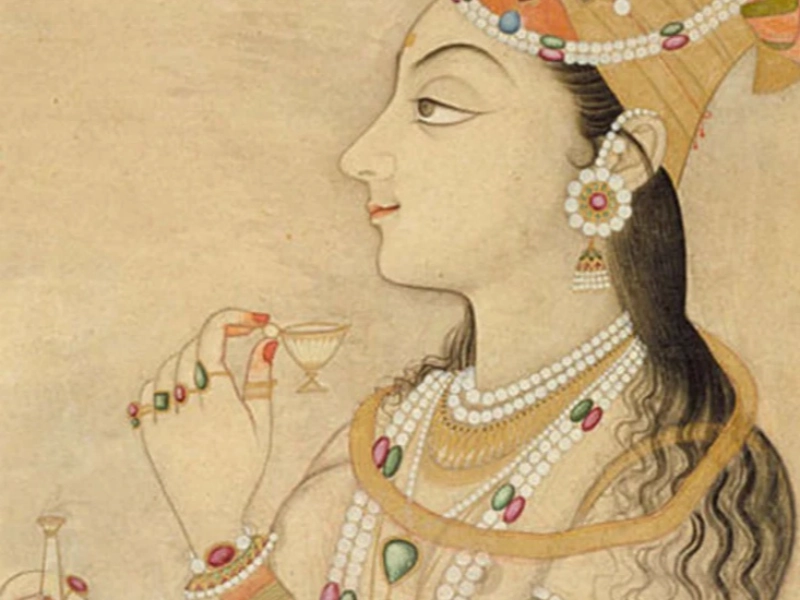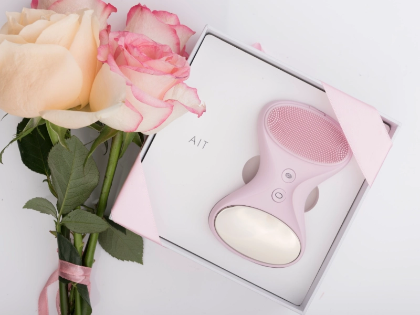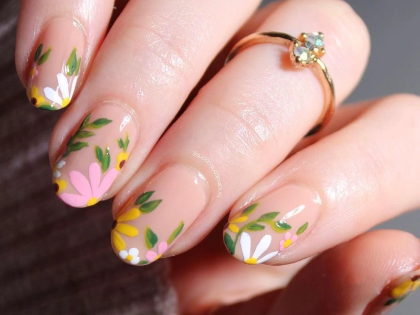The Evolution of Nail Art: From Classical to Modern Trends
Reflecting evolving cultural values, technological advancements, and artistic expressions, the journey of nail art showcases a remarkable evolution spanning millennia. From ancient civilizations like Egypt to modern creative nail art techniques, this transformation highlights humanity's enduring desire for beauty and self-expression. This comprehensive exploration delves into twelve key periods and innovations in nail art history, examining how ancient practices have influenced contemporary trends and how modern inventions continue to reshape this dynamic form of personal adornment.
1. Ancient Origins: Egyptian and Chinese Influences

Advertisement










